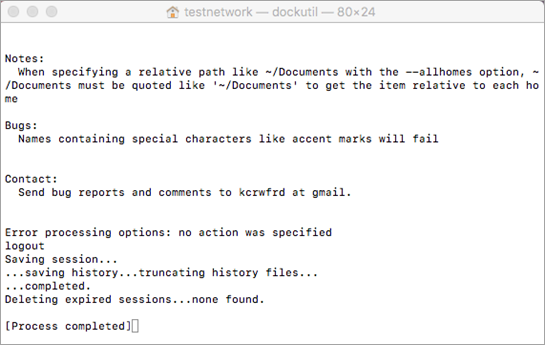

- Do you need to uninstall office 2011 before installing 2016 password#
- Do you need to uninstall office 2011 before installing 2016 windows#

An on-premises Exchange server is not required for Essentials-based integration with Office 365.
Do you need to uninstall office 2011 before installing 2016 password#
Essentials supports up to 100 users and allows you to link on-premises users with Office 365 users so that on-premises password changes are automatically synced with Azure Active Directory.
Do you need to uninstall office 2011 before installing 2016 windows#

Better to choose a migration method that utilizes directory sync up front. I am no fan of cutover migrations in general, but in particular for directory sync scenarios it is very difficult to retrofit directory synchronization after completing a cutover migration. If you need directory synchronization, a cutover migration is not a good choice.So where does that leave customers? Here’s a few scenarios to consider: And the only supported way to manage the mail attributes on-premises is using the Exchange management tools, which requires at least one Exchange server to be running. To summarize the two quotes above, if you have directory synchronization in place, then you need to manage the mail attributes of users, groups, and contacts in the on-premises Active Directory, and then allow those changes to synchronize to Azure Active Directory. If you needed to edit most mailbox settings, you would have to be sure the Active Directory schema was extended on-premises and use unsupported tools such as Active Directory Service Interfaces Editor (ADSI Edit) for common administrative tasks. The source of authority refers to the location where Active Directory directory service objects, such as users and groups, are mastered (an original source that defines copies of an object) in a hybrid deployment. If the last Exchange server is removed, you cannot make changes to the mailbox object in Exchange Online because the source of authority is defined as on-premises. The article links to an older blog post that was written in the Exchange 2010 era, but still applies to later versions of Exchange.įor organizations intending on keeping DirSync in place and continuing to manage user accounts from the on-premises organization, we recommend not removing the last Exchange 2010 server from the on-premises organization. In addition, even if you have directory synchronization in place without running the Hybrid Configuration Wizard, you still cannot manage most of the recipient tasks from the cloud. This is not due to the hybrid configuration, but it occurs because of directory synchronization. When directory synchronization is enabled for a tenant and a user is synchronized from on-premises, most of the attributes cannot be managed from Exchange Online and must be managed from on-premises. The title is a bit misleading because it’s not the hybrid configuration that ultimately determines whether you can decommission on-premises Exchange or not. Microsoft has published guidance on TechNet for decommissioning on-premises Exchange in a hybrid deployment. The key here is the use of directory synchronization. The customer has no intention of retaining the on-premises Active Directory and doesn’t need directory synchronization.The customer plans to retain the on-premises Active Directory for other requirements, and wants directory synchronization and password hash sync so that users have a single set of credentials to remember for authenticating to Office 365 cloud services.The discussion usually comes down to one of two scenarios: I start with identity, even though some customers want to jump straight to how mailboxes and other data will be migrated, because the identity model is a big factor in determining the best migration method. Whether it can actually be done will depend on a few different things.Īt the beginning of an Office 365 project I like to discuss with the customer what they need for their long term identity model. For some customers after a migration from on-premises Exchange Server to Exchange Online there is a desire to completely decommission the on-premises Exchange servers.


 0 kommentar(er)
0 kommentar(er)
